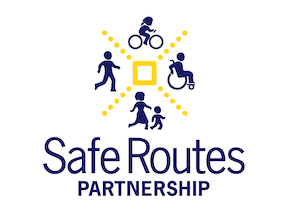This resource reviews public policies that affect neighborhoods around schools and the ability of communities to preserve landmark schools for educational use.
Many of the ideas presented are simple, but have immense potential to improve the overall success, health and well-being of our City’s students. This Active Design Toolkit for Schools provides ideas and resources to incorporate active design into your school.
This guide provides information about LEED-ND (Leadership in Energy and Environmental Design for Neighborhood Development) standards and how they can support neighborhood sustainability.
This guide explains how the public and interested stakeholders can get involved in the San Francisco Bay Area’s transportation project development process. Specifically, we focus on the Transportation Improvement Program or TIP, which is compiled and approved by the Metropolitan Transportation Commission.
The Boyle Heights/East Los Angeles (BHELA) Community Health Assessment explores the nexusbetween the built environment, public policy, and urban planning in an effort to determine theirimpact on the health and wellbeing of residents in Boyle Heights and East Los Angeles
This guide looks at how local government incentives can help improve community health. It explains a variety of different types of incentives that promote access to healthy food and physical activity space, and outlines the steps involved in developing and carrying out these policies and programs.
This document provides a list of resources, steps and processes for creating healthy food and physical activity environments.
This policy brief describes research showing the benefits of physical activity for student learning, explains the state requirements and standards for P.E., highlights board actions to support P.E. and lists additional resources board members and others might find useful.
The aim of the Active School Neighborhood Checklist (ASNC) is to provide decision makers with a quantitative tool for evaluating the potential long-term health impacts of candidate school sites on the children who will attend them.
Improving the Grade describes how attendance-based financing hurts struggling school districts serving poor children and offer policy solutions that support student health and academic success.

